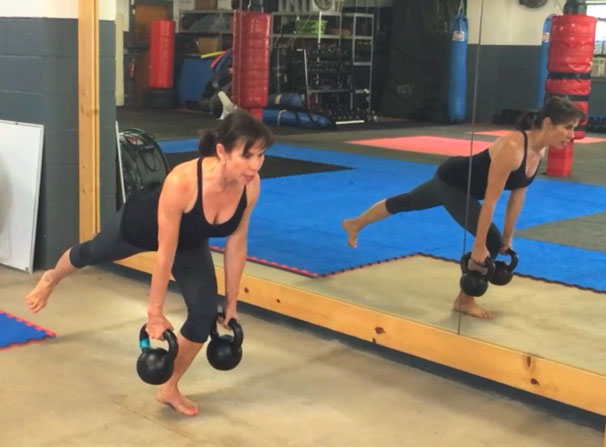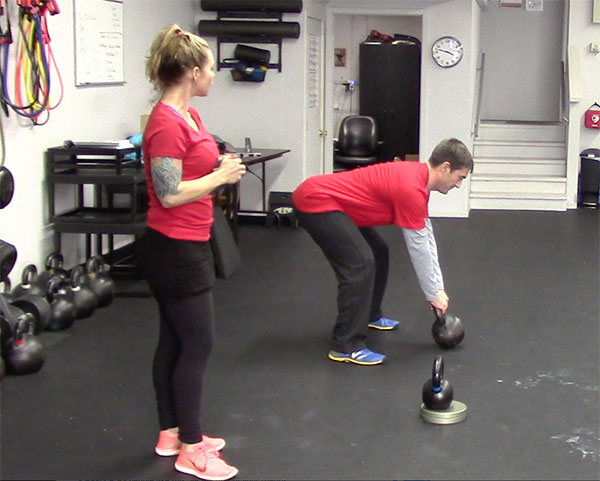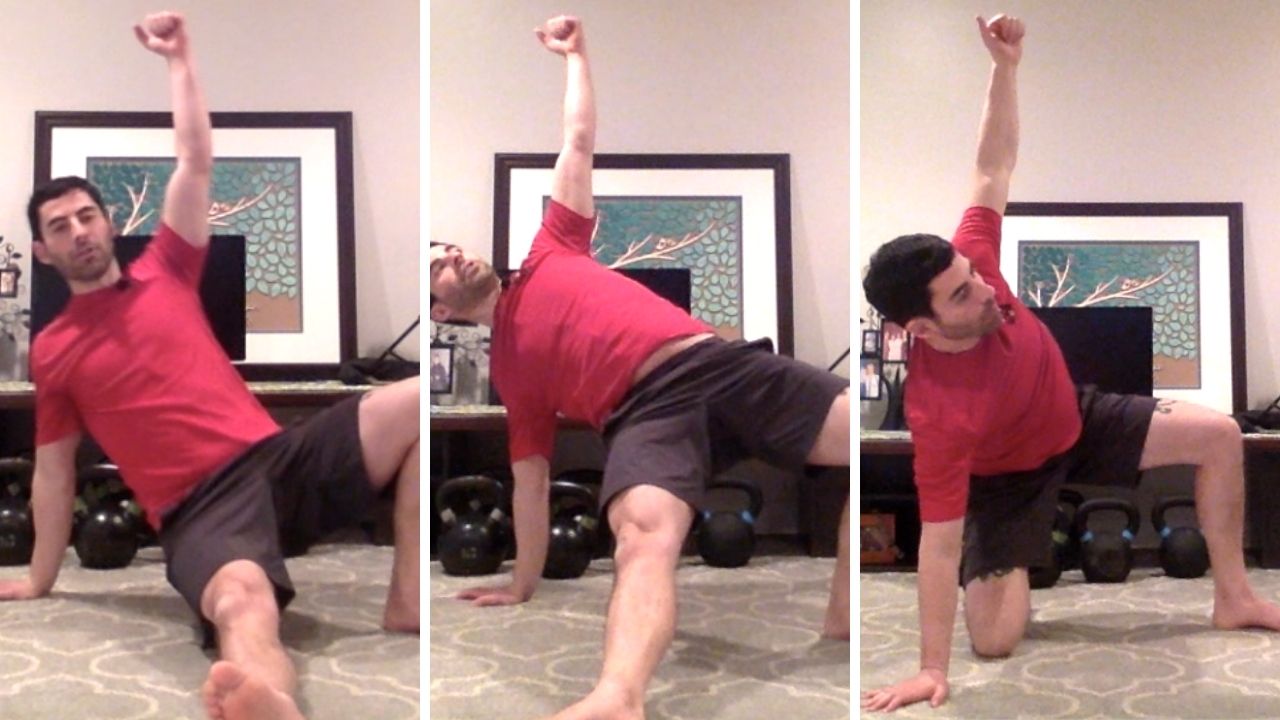
Welcome back to my 3-part series on the kettlebell get-up! While my last post focused on the set-up, roll to elbow and the tall sit, today I’m going to focus on the leg sweep to windmill, lunge and stand up.
Once you’ve achieved the tall sit position, the next step is to sweep your leg back underneath you into the kneeling windmill position.
Some people may get confused at this part of the get-up because they are not sure how high they should bridge their hips before sweeping their leg back. This is mostly a matter of personal preference, however, I’ve found that with heavy get-ups doing a small bridge is the safest and most effective way to start the leg sweep. If you’re warming up with naked (no weight) get-ups or using a light kettlebell, then a high bridge can be okay. Just do what feels most safe and appropriate.
When you sweep your leg back, aim to line up your wrist, knee and ankle. A nice straight line here will allow you to load your hips and use your torso to straighten up to the kneeling position. Also, make sure to tuck your toe under (dorsiflex) after you sweep your leg back and keep your toe tucked in order to help you with the lunge.
Be aware that if you don’t bring their knee back far enough, you will not be able to properly use your hips and torso to straighten up. When this happens, the arm on the ground and the lower back are overused—and at risk of injury.
Now that you’ve straightened up, you must put yourself into a lunge position. Here are the two different ways to do this:
- “Windshield wiper” your back leg
- Step across with your front leg
When teaching the get-up at the HKC and RKC, the “windshield wiper” method is taught first. This movement can sometimes be uncomfortable for people who have had a knee injury, knee surgery, or their knee just doesn’t like this type of movement. In this case, step your front leg across to move into a lunge position.
At this point, the arm holding the kettlebell should be vertical. The kettlebell should be behind your head so that if you were to look up you wouldn’t see the kettlebell in front of you. Now, you’re ready to stand up from the lunge. Push both feet powerfully into the floor to help you stand up. When you bring your legs together, hit your Hardstyle plank by contracting your glutes, quads and abs.
To see all of these steps in action, please watch this video:
Focus on improving these steps to gain the strength and confidence to perform the get-up with heavier kettlebells.
Stay tuned for my third and final blog post about the kettlebell get-up.
Stay Strong,
Ryan Jankowitz, RKC II
***
Ryan Jankowitz, RKC-II and owner of RJ Kettlebell, lives in Maryland with his wife and two dogs. They love to go hiking and spend time on the beach. When he’s not telling his dogs to stop chasing squirrels, Ryan enjoys spreading the RKC message and teaching others how to train with kettlebells. Try his 2-week advanced kettlebell plan: https://rj-kettlebell.ck.page/b59325e156
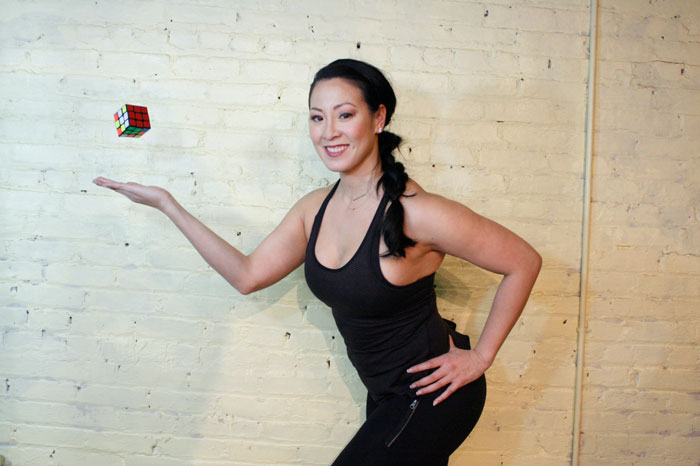
 Each movement in the get-up is a pivot from the body’s core joints—the hips and shoulders. The pivoting should be smooth. Once the position is established, all “sides” of the get-up cube should also be aligned. The spine must be straight throughout the get-up. The body’s center of gravity must be balanced between the limbs. The angles of the hips and shoulders positioned to provide maximum support and stability. Each limb, joint and muscle must be arranged and coiled underneath the weight overhead to create a solid foundation.
Each movement in the get-up is a pivot from the body’s core joints—the hips and shoulders. The pivoting should be smooth. Once the position is established, all “sides” of the get-up cube should also be aligned. The spine must be straight throughout the get-up. The body’s center of gravity must be balanced between the limbs. The angles of the hips and shoulders positioned to provide maximum support and stability. Each limb, joint and muscle must be arranged and coiled underneath the weight overhead to create a solid foundation.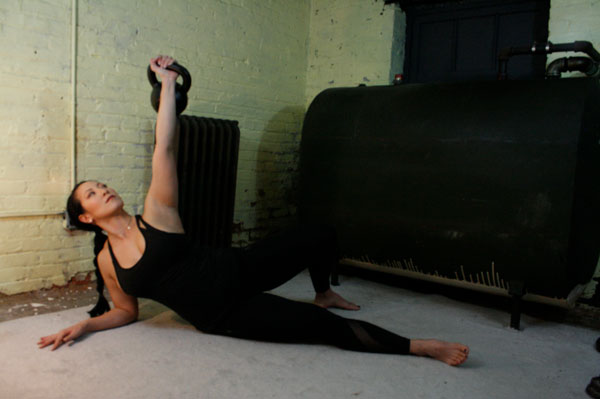
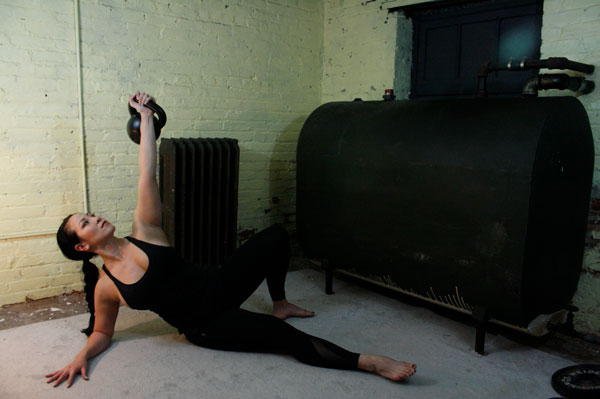
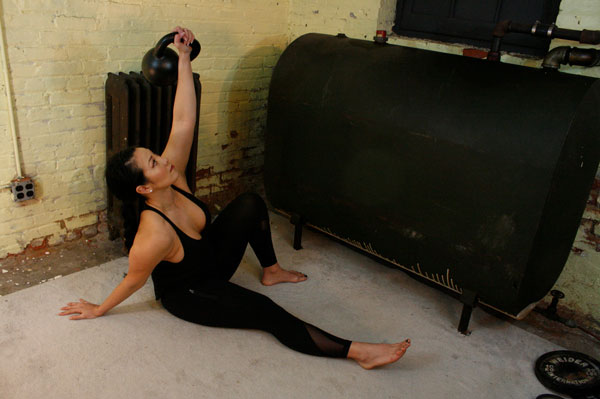
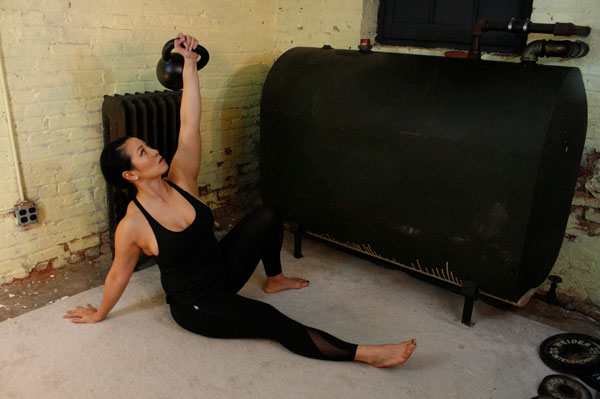
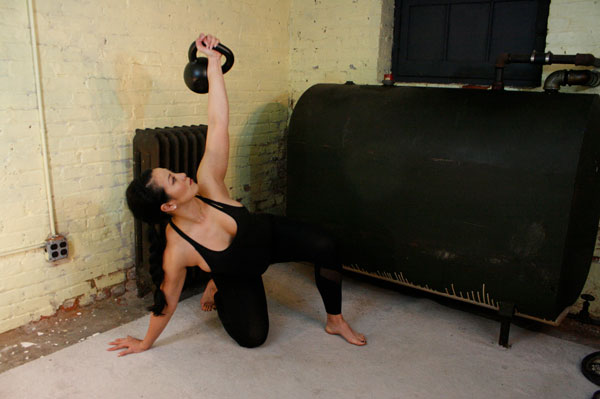
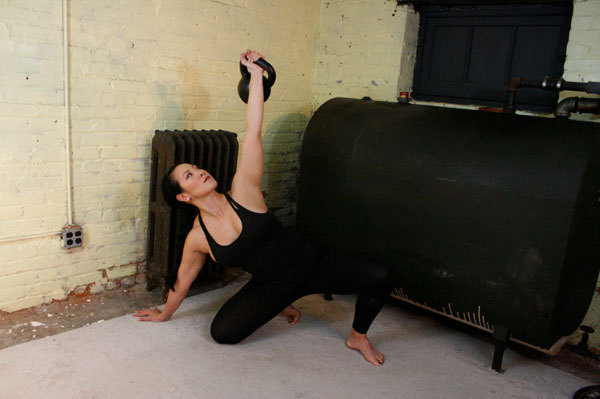
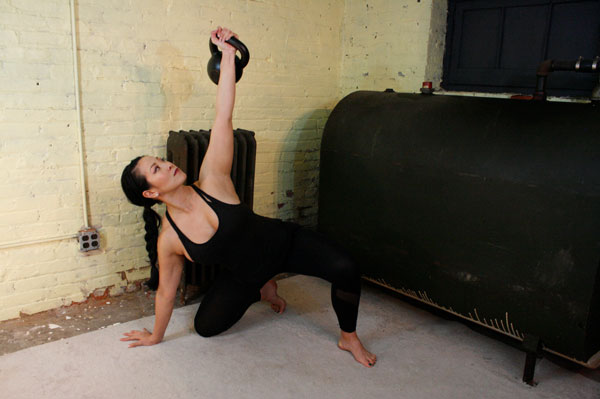
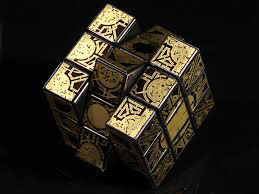
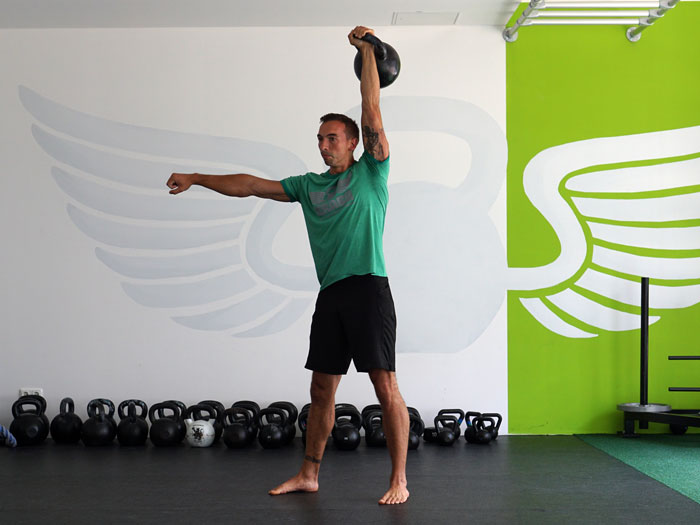
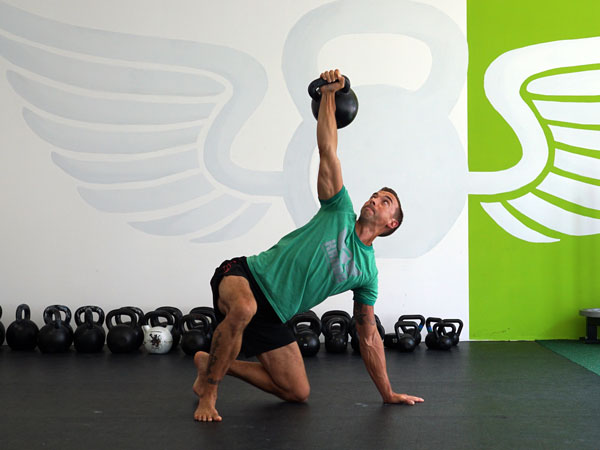

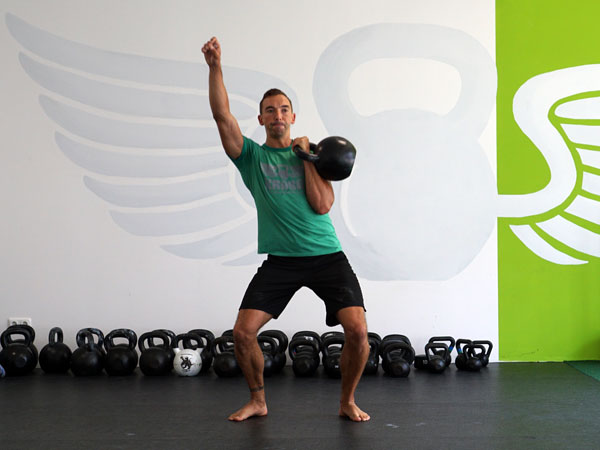
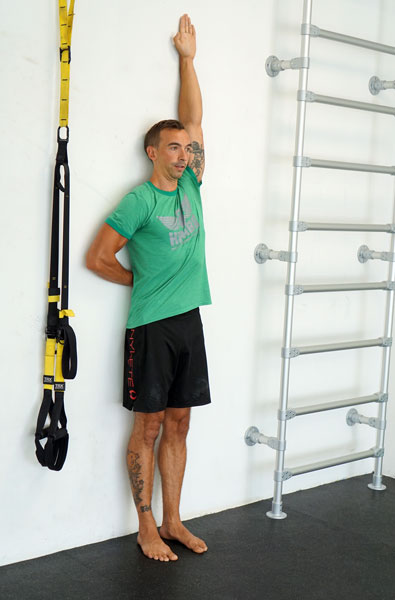
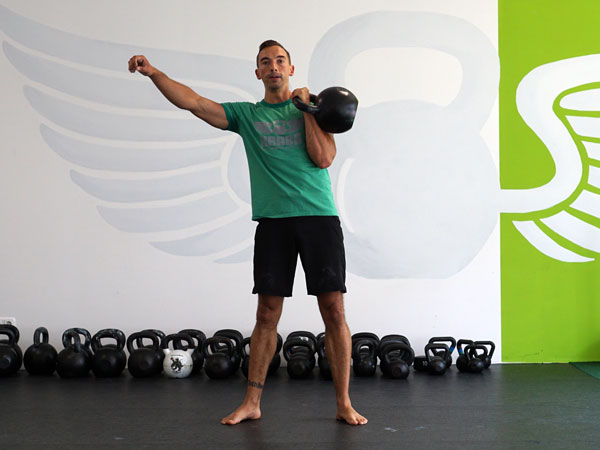
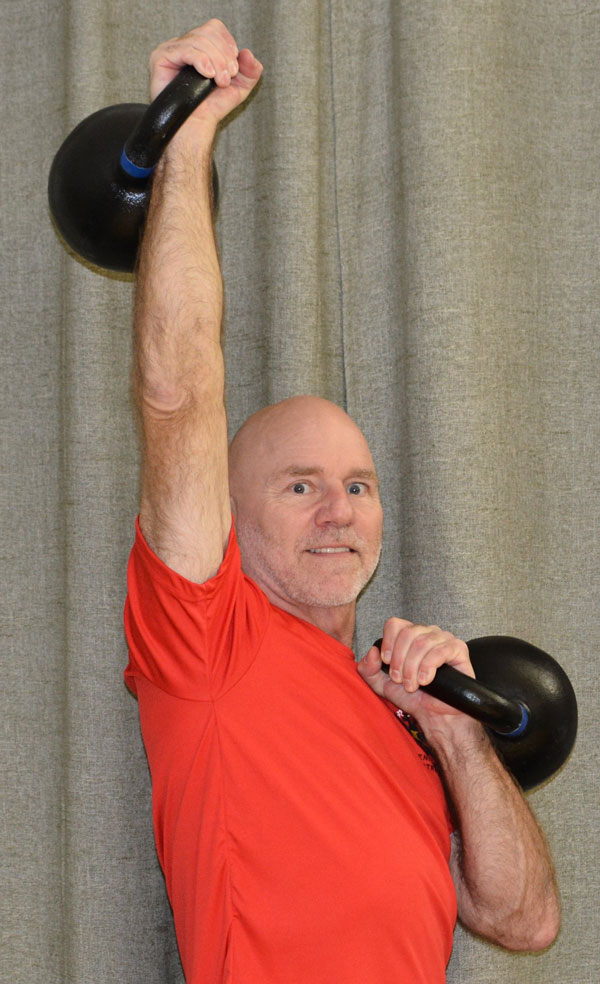

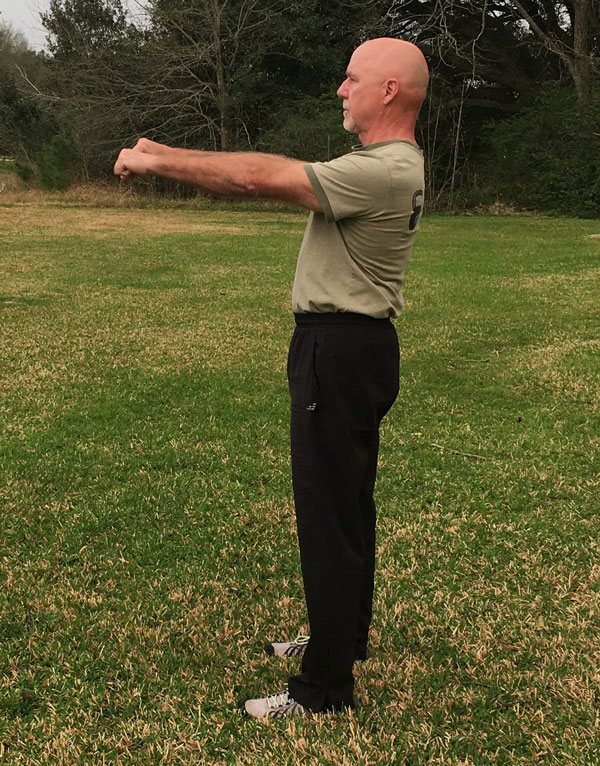
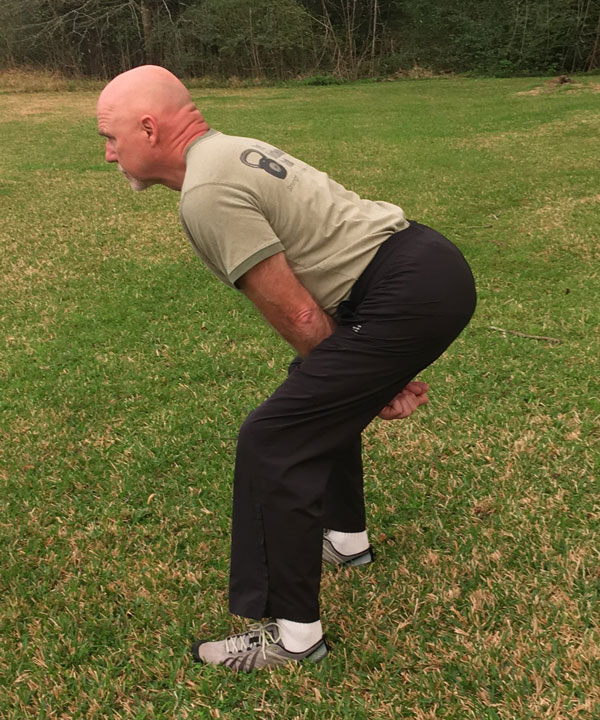
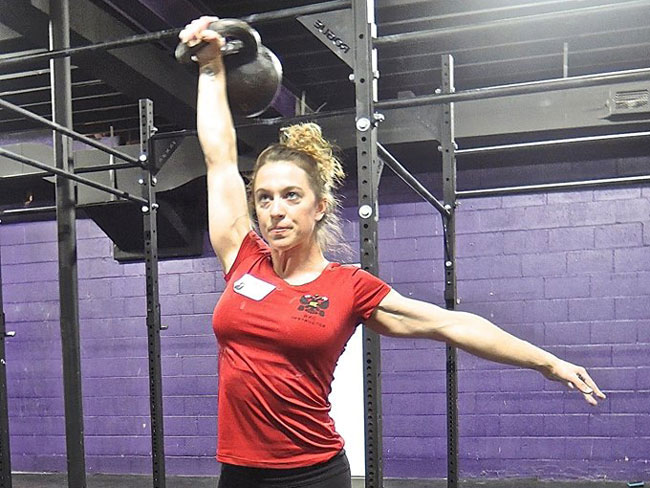
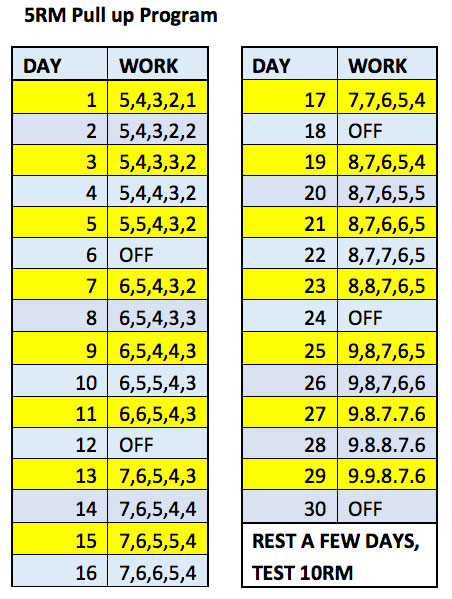
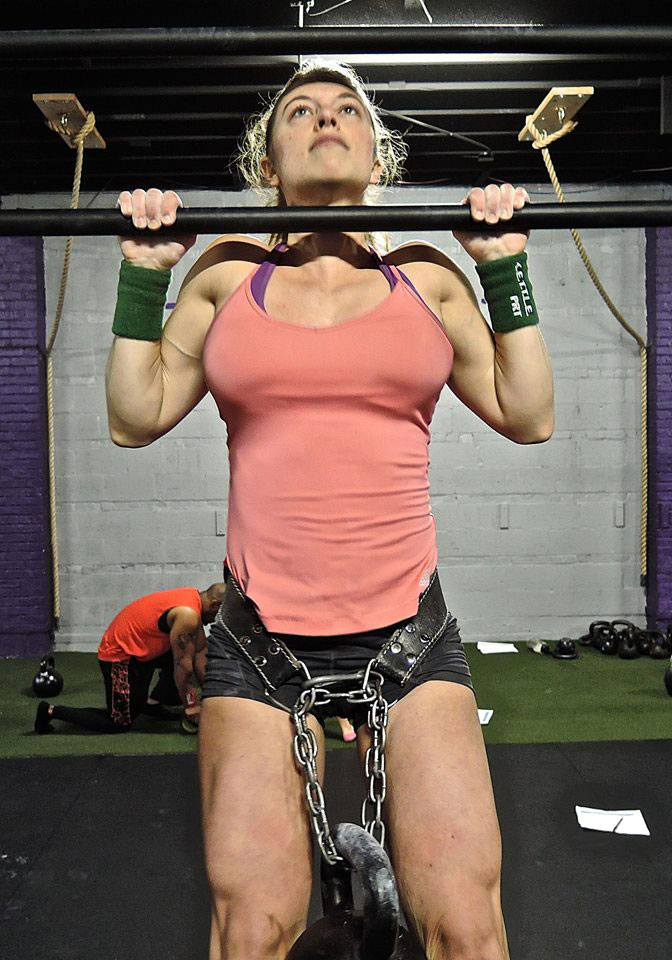
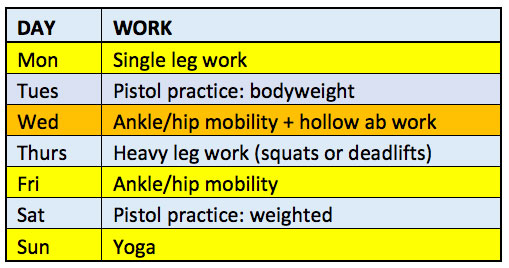
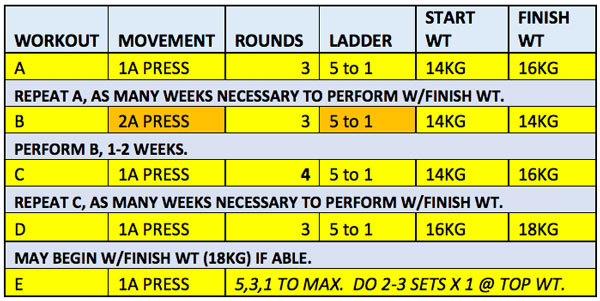
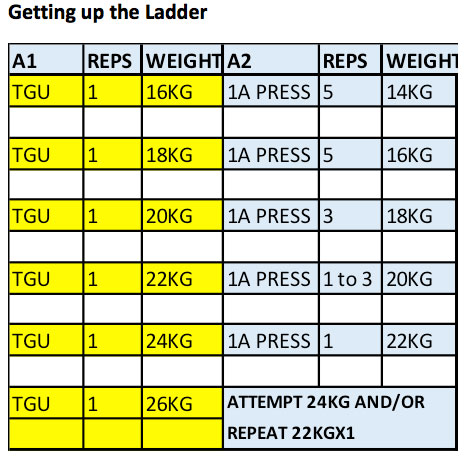
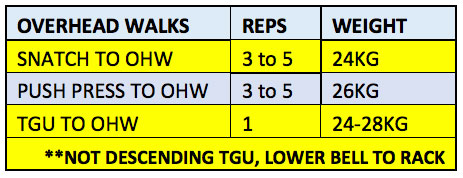
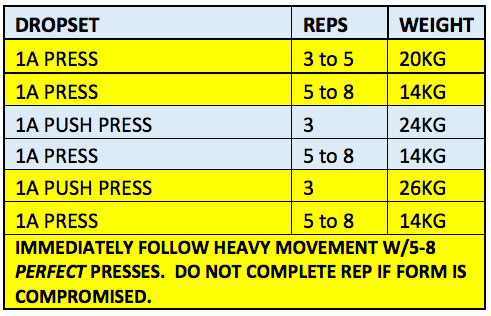
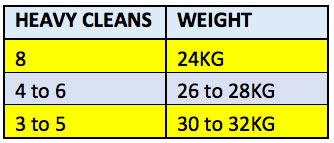
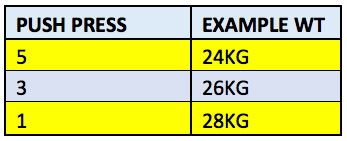
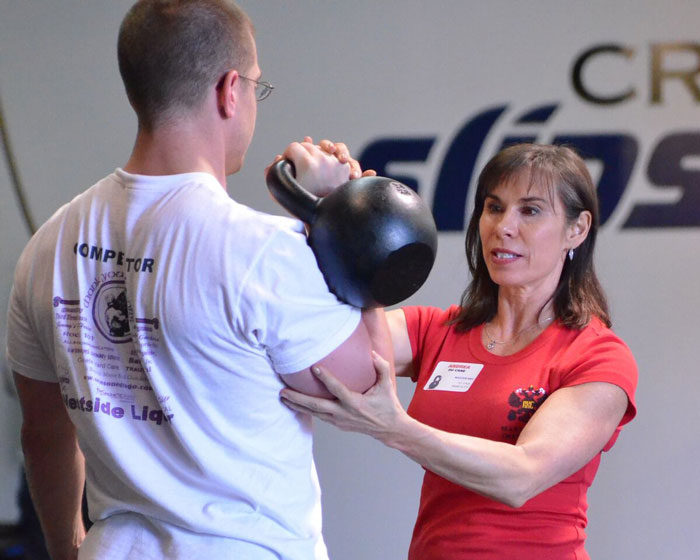
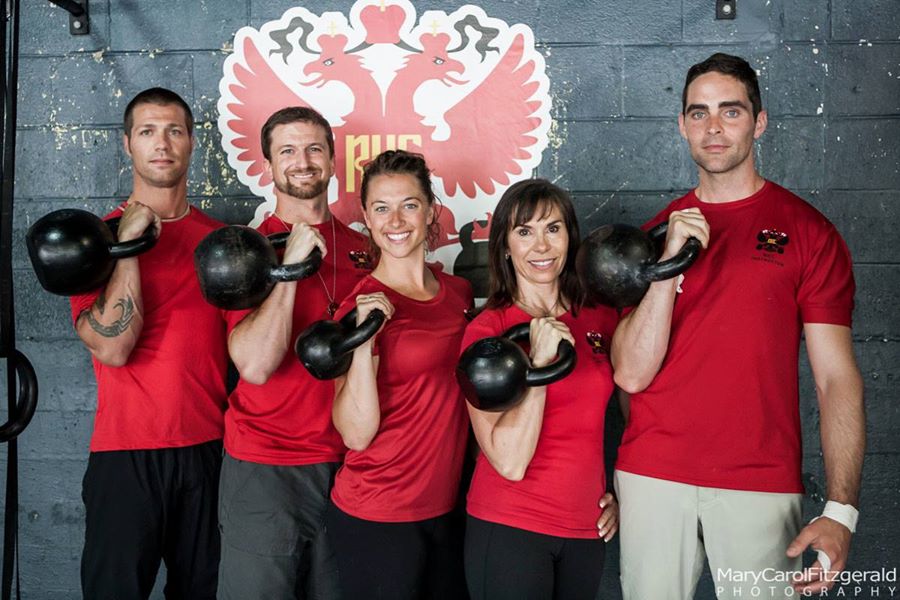
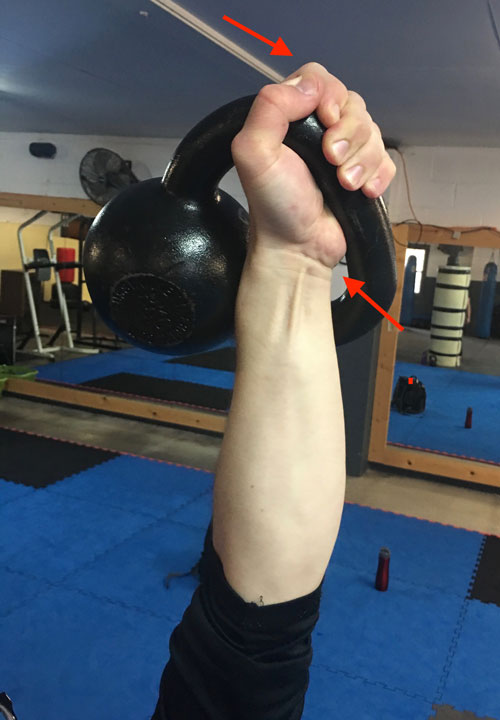
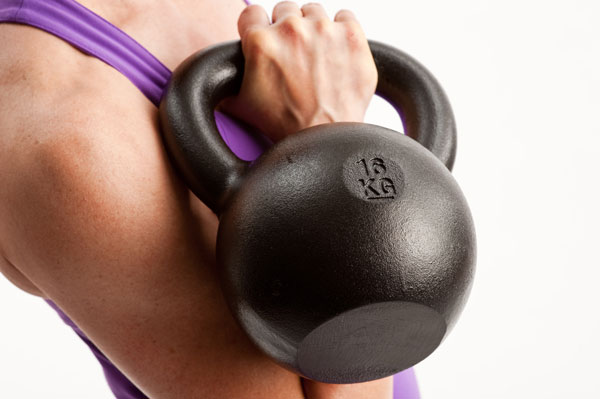
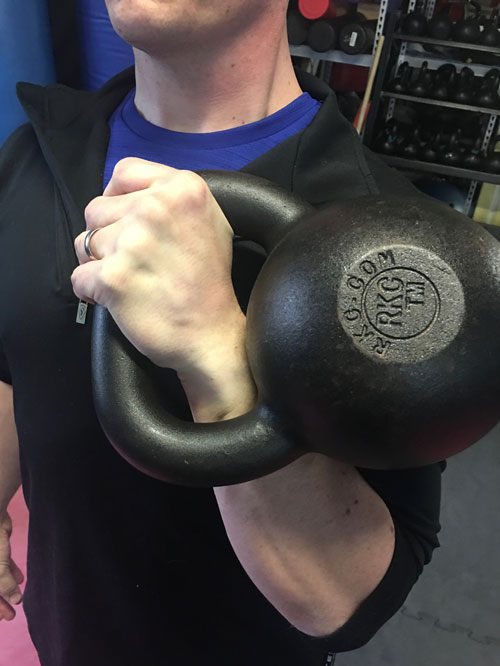
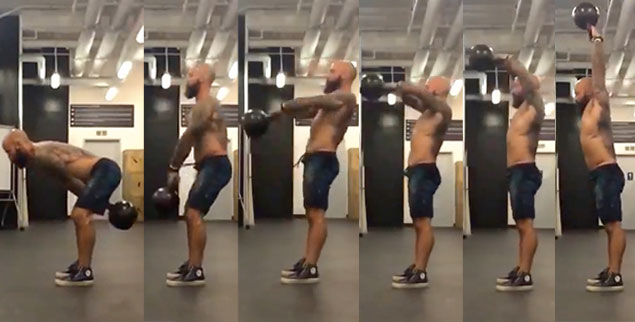
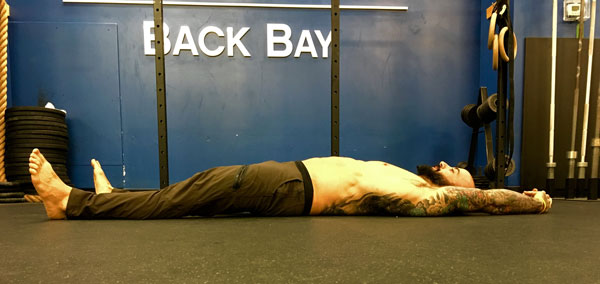
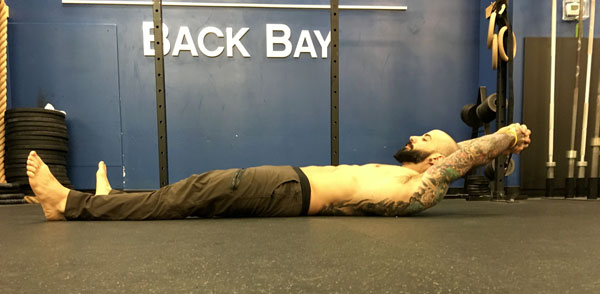
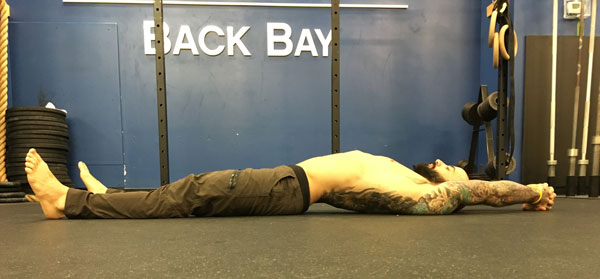 Both of these examples are failed overhead screens for the AKBS. Note: if you can see your arms in your peripheral vision, this indicates a failed overhead screen for the AKBS and more mobilization is required.
Both of these examples are failed overhead screens for the AKBS. Note: if you can see your arms in your peripheral vision, this indicates a failed overhead screen for the AKBS and more mobilization is required.